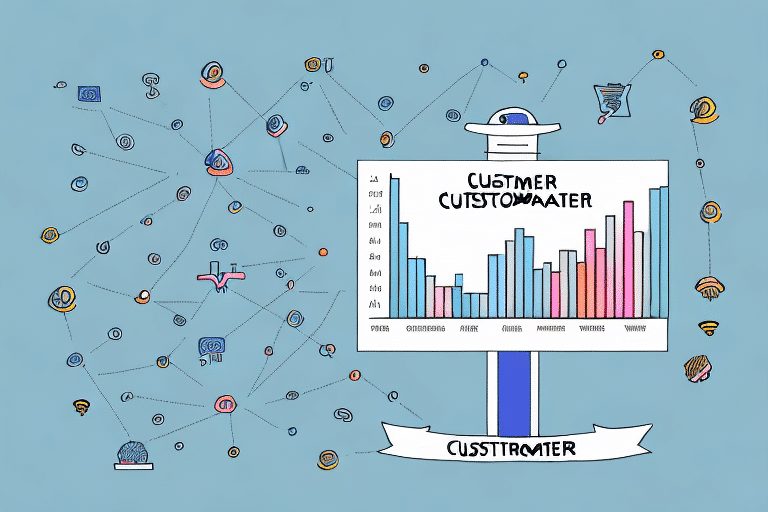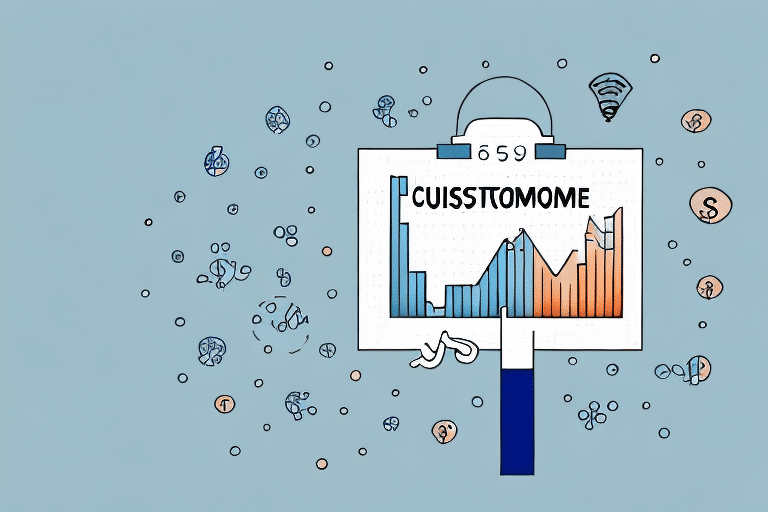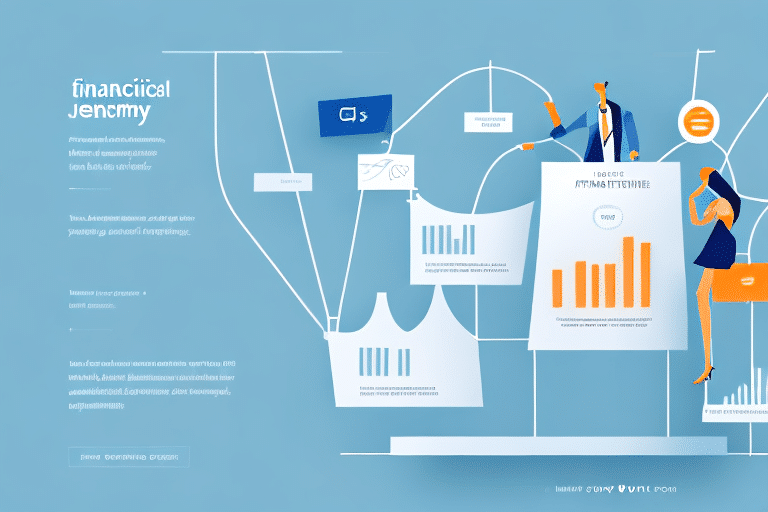Importance of Customer Retention in Banking
In the highly competitive banking industry, customer retention is a pivotal factor for sustained success. Retaining existing customers is significantly more cost-effective than acquiring new ones. According to a study by Harvard Business Review, acquiring a new customer can cost up to five times more than retaining an existing one. Moreover, loyal customers are more likely to increase their usage of banking services, provide valuable referrals, and exhibit greater price tolerance.
Loyal customers not only contribute to consistent revenue streams but also enhance the bank's reputation through positive word-of-mouth. This makes customer retention a cornerstone for achieving long-term financial stability and gaining a competitive edge in the marketplace.
Strategies to Enhance Customer Retention
1. Excellence in Customer Service
Providing outstanding customer service is fundamental to retaining customers. This involves prompt responses to inquiries, efficient resolution of issues, and personalized interactions. Banks that prioritize customer service foster a sense of trust and reliability, encouraging customers to maintain their relationship with the institution.
Investing in customer service training for employees ensures that interactions are consistently positive and that customer needs are effectively addressed.
2. Personalized Products and Services
Offering tailored financial products and services meets the unique needs of individual customers. Personalized solutions, such as customized loan packages, investment advice, and personalized banking experiences, can significantly enhance customer satisfaction and loyalty.
Utilizing customer data to understand preferences and financial behaviors allows banks to create offerings that resonate more deeply with their clientele.
3. Loyalty Programs and Incentives
Implementing loyalty programs that reward repeat business can incentivize customers to stay with the bank. Rewards can include cashback offers, discounts on fees, or exclusive access to premium services.
Clear communication of the benefits and easy enrollment processes are essential to maximize participation and the effectiveness of these programs.
4. Effective Complaint Resolution
Addressing and resolving customer complaints swiftly and effectively is crucial for maintaining trust. Establishing clear policies and procedures for handling complaints ensures that issues are managed consistently and fairly.
Leveraging customer feedback to make continuous improvements demonstrates a commitment to customer satisfaction and can prevent future issues from arising.
5. Employee Training and Development
Investing in employee training enhances the overall customer experience. Well-trained employees are better equipped to handle customer inquiries, provide informed financial advice, and deliver exceptional service.
Ongoing development programs and recognition of employee achievements foster a motivated workforce dedicated to customer satisfaction.
Leveraging Data Analytics for Retention
Data analytics plays a critical role in understanding and improving customer retention. By analyzing customer data, banks can identify patterns in behavior, preferences, and potential churn indicators. This enables the development of targeted strategies to engage at-risk customers and enhance overall satisfaction.
For example, predictive analytics can forecast which customers are likely to leave, allowing proactive outreach with personalized offers or solutions to address their concerns. Additionally, data-driven insights can help in crafting marketing campaigns that resonate more effectively with different customer segments.
According to McKinsey & Company, companies that leverage data analytics are 23 times more likely to acquire customers, six times as likely to retain those customers, and 19 times as likely to be profitable as a result.
Building a Customer-Centric Culture
A customer-centric culture places the customer at the heart of all business decisions and operations. This involves fostering an organizational mindset that values customer satisfaction and encourages every employee to contribute to a positive customer experience.
Key elements of a customer-centric culture include:
- Employee Empowerment: Allowing employees the autonomy to solve customer issues creatively and effectively.
- Continuous Feedback: Regularly collecting and acting upon customer feedback to refine products and services.
- Aligned Goals: Ensuring that all departments are aligned towards the common goal of enhancing customer satisfaction.
Creating such a culture not only improves retention rates but also drives innovation and operational efficiency within the bank.
Engaging Customers Through Multiple Channels
Today’s customers interact with banks through various channels, including online banking, mobile apps, social media, and traditional in-branch services. Providing a seamless and consistent experience across all these platforms is essential for maintaining engagement and satisfaction.
Integrating digital channels with traditional services allows customers to choose their preferred method of interaction, enhancing convenience and accessibility. Additionally, leveraging social media for real-time communication and feedback can strengthen customer relationships and brand loyalty.
Measuring and Tracking Retention Metrics
To effectively improve customer retention, banks must continuously measure and track key retention metrics. Important metrics include:
- Customer Lifetime Value (CLV): The total revenue a customer is expected to generate during their relationship with the bank.
- Churn Rate: The percentage of customers who discontinue their relationship with the bank over a specific period.
- Customer Satisfaction (CSAT) Scores: Metrics that gauge customer satisfaction levels based on their interactions and experiences.
Regular analysis of these metrics enables banks to identify trends, understand the effectiveness of retention strategies, and make informed decisions to enhance customer loyalty. Utilizing tools like SAS Customer Analytics can aid in the comprehensive tracking and analysis of these metrics.
Conclusion
Enhancing customer retention in banking requires a multifaceted approach that emphasizes exceptional customer service, personalized offerings, data-driven strategies, and a customer-centric culture. By implementing these strategies and continuously monitoring retention metrics, banks can build a loyal customer base, drive business growth, and maintain a competitive advantage in the market. Ultimately, prioritizing customer retention not only improves financial performance but also fosters long-term success and resilience in the ever-evolving banking industry.








